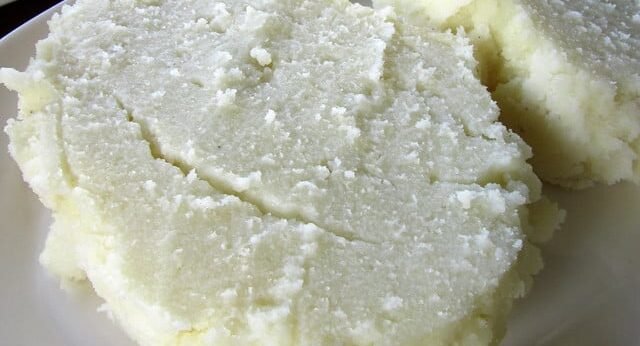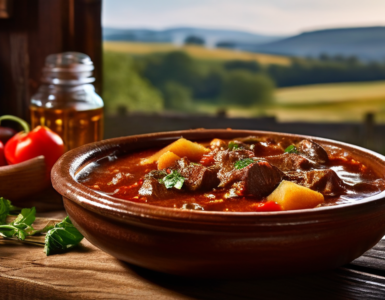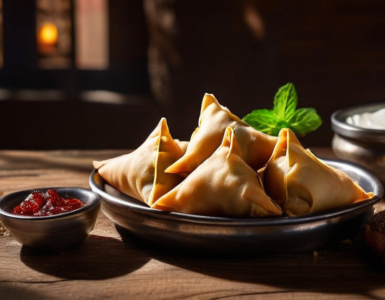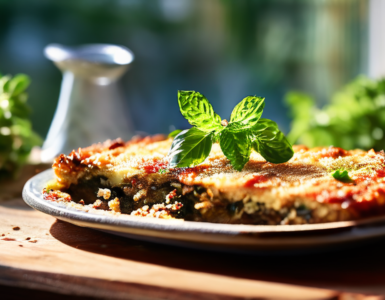U gali Recipe: Hey, food vloggers! Today, we’re venturing into the heart of East Africa to explore one of its most iconic and cherished dishes: Ugali. This simple yet satisfying maize porridge has been a staple of East African cuisine for generations, serving as a comforting and versatile base for a wide range of dishes. Whether enjoyed with savory stews, grilled meats, or flavorful sauces, Ugali embodies the warmth, richness, and hospitality of the region. Join us as we uncover the secrets to mastering homemade Ugali in your own kitchen, and watch as your audience falls in love with the irresistible flavors of East Africa.
Embracing East African Tradition Food Ugali
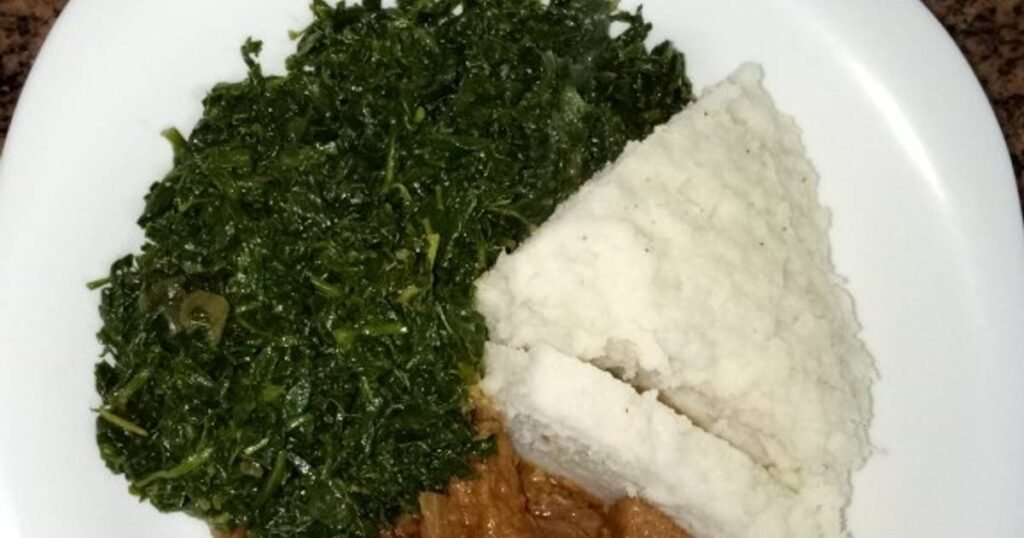
Understanding Ugali:
Ugali, also known as sima, sembe, or posho in various parts of East Africa, is a traditional maize porridge that is widely consumed across the region, particularly in countries like Kenya, Tanzania, Uganda, and Rwanda. It’s made from maize flour (cornmeal) and water, cooked together to form a thick and dough-like consistency. Ugali is typically served as a staple food alongside meat, fish, vegetables, or legumes, providing a hearty and filling accompaniment to a wide range of dishes. It’s also a communal food, often eaten with the hands and shared among family and friends during meals and celebrations.
Tips for Success:
1. Use the right maize flour: The key to great Ugali lies in using high-quality maize flour. Look for finely ground maize flour, also known as cornmeal or cornflour, which is commonly available in East African grocery stores or online.
2. Maintain the correct ratio: The ratio of maize flour to water is crucial for achieving the perfect consistency. A common ratio is 2 parts water to 1 part maize flour, but this can vary depending on personal preference and the desired thickness of the Ugali.
3. Stir continuously: Stirring the Ugali continuously as it cooks helps to prevent lumps from forming and ensures a smooth and even texture.
4. Cook over low heat: Ugali should be cooked over low heat to allow it to simmer gently and thicken gradually. Cooking it too quickly or over high heat can result in uneven cooking and a lumpy texture.
5. Test for doneness: Ugali is ready when it pulls away from the sides of the pot and forms a smooth, cohesive mass. It should be firm enough to hold its shape but still soft and pliable.
Homemade Ugali Recipe:
Ingredients:
- 2 cups maize flour (cornmeal)
- 4 cups water
- Salt, to taste (optional)
Instructions:
1. In a large pot, bring the water to a boil over medium-high heat.
2. Once the water is boiling, reduce the heat to low and gradually add the maize flour to the pot, stirring continuously with a wooden spoon or whisk to prevent lumps from forming.
3. Continue stirring the mixture vigorously for 8-10 minutes, or until the maize flour is fully incorporated and the mixture begins to thicken.
4. Once the Ugali starts to thicken, cover the pot with a lid and let it simmer gently over low heat for another 10-15 minutes, stirring occasionally to prevent sticking.
5. After 10-15 minutes, remove the lid and continue cooking the Ugali for an additional 5-10 minutes, stirring continuously, until it pulls away from the sides of the pot and forms a smooth, cohesive mass.
6. Once the Ugali is cooked to your desired consistency, remove it from the heat and transfer it to a serving dish.
7. Serve the Ugali hot alongside your favorite East African dishes, such as sukuma wiki (braised collard greens), nyama choma (grilled meat), or fish stew.
Conclusion:
Congratulations, food vloggers, you’ve just mastered the art of making homemade Ugali! With this recipe and our expert tips, you can confidently share the comforting flavors of East Africa with your audience, inspiring them to recreate this beloved dish in their own kitchens. So fire up your cameras, gather your ingredients, and get ready to take your viewers on a culinary journey to the heart of East Africa with every delicious bite of homemade Ugali. Enjoy!
You Might Also Find the Following Articles Intriguing
- Food Vloggers Magazine | Your Ultimate Guide to Food Vlogging
- 20 Best Q&A Questions for YouTube Vloggers 2024 – Different Categories
- Bunny Chow Recipe: South African Dish
- Chapati Recipe: Traditional East African Flatbread
- Authentic Injera Recipe: Ethiopian Traditional Dish
- Homemade Fufu Recipe: West African Dish
- Homemade Jollof Rice Recipe: West African Cuisine
- Nyama Choma Recipe: Popular Dish in East African (Kenya, Tanzania, and Uganda)
- Homemade Hamburger Recipe: American Staple Dish
- Homemade Chicken Satay Recipe: Popular Indonesian Dish
- Homemade Ratatouille Recipe: Traditional French Dish
- Homemade Peking Duck Recipe: Chinese Traditional Dish
- Homemade Falafel Recipe: Middle Eastern Traditional Dish
- Homemade Ceviche Recipe: Traditional Dish From Peru
- Homemade Bangers and Mash Recipe: British Staple Dish
- Homemade Ramen Recipe: Noodle Soup Dish Originated in Japan
- Homemade Kebab Recipe: Middle Eastern Special Dish
- Homemade Sushi Burrito Recipe: Special American Dish
- Homemade Hungarian Goulash Recipe: Hungarian Traditional Dish
- Homemade Pho Recipe: Traditional Vietnamese Noodle Soup

